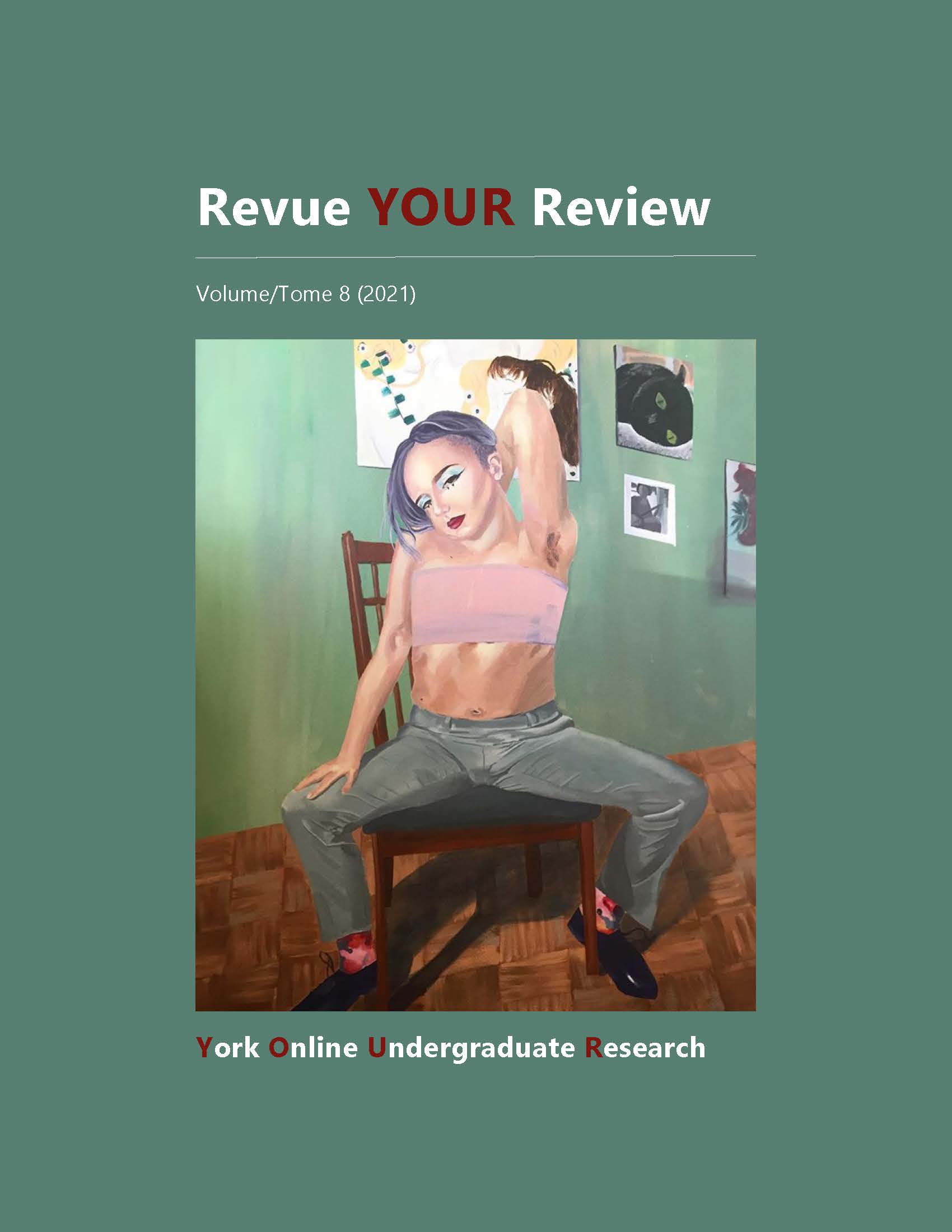Addressing the gender gap in Canadian health research funding
Abstract
Much research has been published on the inequities faced by women in research. In Canada, the Canadian Institutes of Health Research (CIHR) is the national investment agency for health research, providing a billion dollars annually to researchers through various grants and awards. In 2019, an article entitled “Are gender gaps due to evaluations of the applicant or the science? A natural experiment at a national funding agency” (Witteman, Hendricks, Straus & Tannenbaum) drew attention to the gender gaps present in CIHR funding. Through a comparison of three CIHR grant programs, the authors concluded that these gender gaps arose from grant reviewers evaluating women less favourably than men, rather than from differences in research proposal quality. Our project proposes that the CIHR modify their “Equity Strategy” to implement an “Equal Representation Policy” over ten years. Based on women’s representation within the general Canadian population, this will ensure that 50.9% of grant funding is given to women. Implementation of this proposal will involve reaching out to four key stakeholder groups. Once established, data collection, milestone setting, and compliance enforcement methods are suggested for evaluation and sustainability. Research is foundational to the practice standards, legislation, best-practice guidelines, and evidence-based practice that guide nursing and medical practice, all of which directly impact the health of Canadians. Until changes to society’s current gender biases and gender norms occur, we believe adopting a target-based policy to minimize gender biases in research funding is the most effective solution.
Downloads
Published
How to Cite
Issue
Section
License
LicenseAuthors contributing to Revue YOUR Review agree to release their articles under one of three Creative Commons licenses: Creative Commons Attribution 4.0 International; Creative Commons Attribution-NonCommercial 4.0 International; or Creative Commons Attribution-NoDerivatives 4.0 International. All editorial content, posters, and abstracts on this site are licensed under Creative Commons Attribution-NoDerivatives 4.0 International. For further information about each license, see:
https://creativecommons.org/licenses/
In all cases, authors retain copyright of their work and grant the e-journal right of first publication. Authors are able to enter into other contractual arrangements for the non-exclusive distribution of the e-journal's published version of the article (e.g., post it to an institutional repository or publish it in a book or in another journal), with an acknowledgement of its initial publication in this e-journal.


